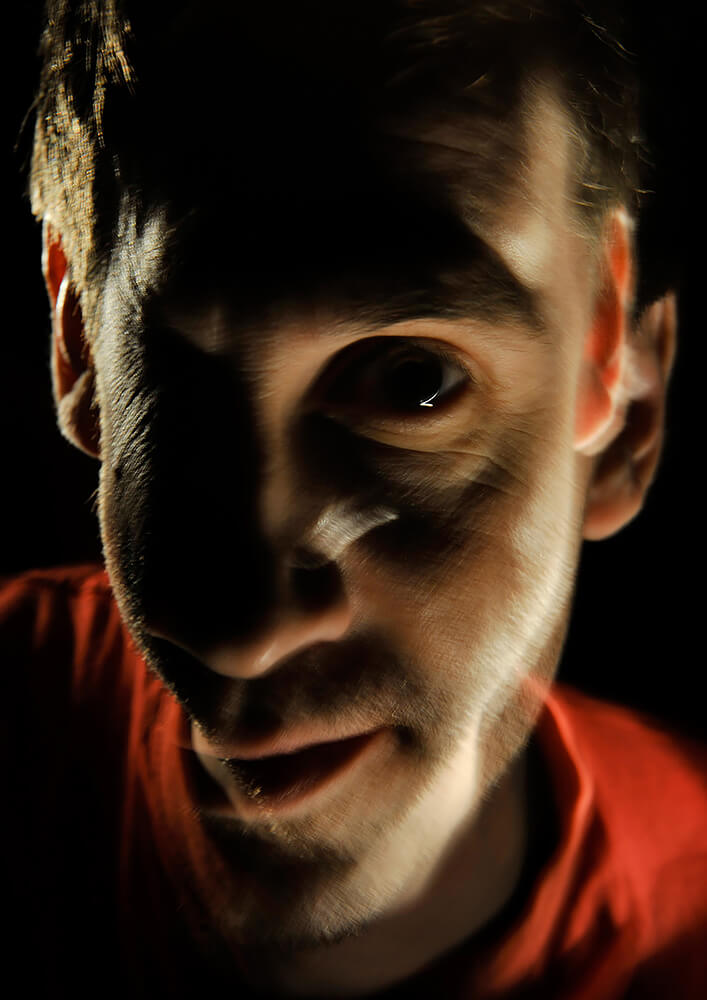Growing up in Norway, Weston studied professional photography in college. While working as an independent photographer for magazines and organizations he has developed his own career as an artist. He has exhibited with international festivals and galleries in Copenhagen, Berlin, London and New York and his work is in the collections of the
National Museum of photography in Norway.
This year he will publish his first photobook with a long term collaborative film swap project.
At home in Oslo he runs the CYAN studio space with a photo gallery and a community darkroom, creating a workspace for professional photographers as well as other artists interested in analog photography. Aiming to grow this community he initiated the founding of the Nordic Analog Network of darkrooms and artist residencies to share the development of analog photography across the region.
Statement
Westons photography focuses on process based techniques. Examining how we look at the world around us to connect the way we choose to see things with how they actually look he makes images that close the gap between the physical subject and the photographic image. Using cameraless techniques like photograms and lumenprints his pictures are imprints of the subject and become proof of a truth unseen by human eyes. Encouraging the viewer to reflect on what they expect to see and understand in a photograph he creates opportunities to compare the image to what is actually there.
